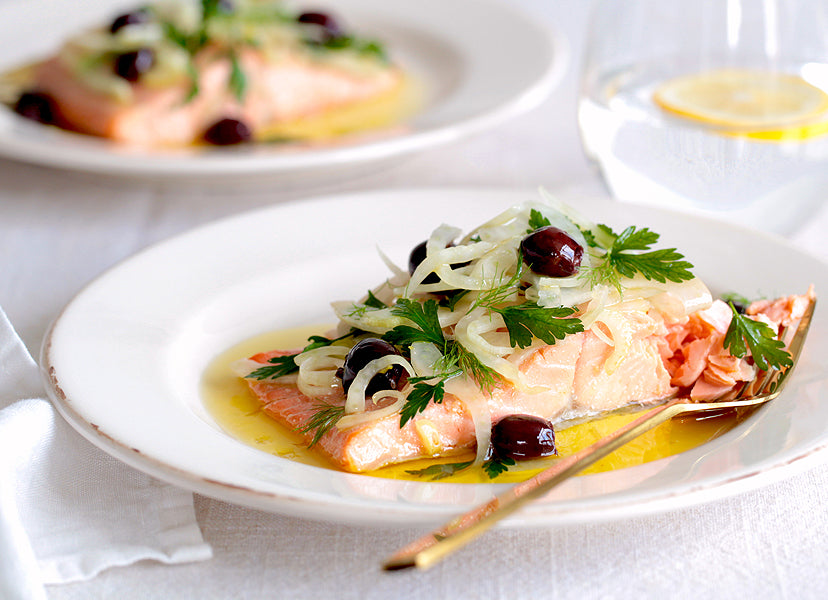
Budapest is a gracious city with many magnificent buildings, the exteriors of which are kept much cleaner than those of Lisbon, and it lacks the ‘killer’ cobblestones. Beware of just spontaneously hopping into a taxi however, although they are all yellow cabs, on the door is printed ‘freelancer’, and that is what they are. It is recommended to book by phone, which we invariably found to be less than half the cost.
Our friends and neighbours from Auckland are there for a few months, living in a beautiful apartment on Budapest’s equivalent of the Boulevard St Germain, in Paris – but at nowhere near that price level we are told. It certainly feeds your soul to gaze out the window straight on to the breathtaking statues lining the exterior of the very grand opera house.
By juxtaposition, reflecting the challenges of Hungary’s political past, but thankfully not its present, on the same street, rests a grey monolith of a building, called the House of Terror Museum. The exterior is lined with 228 photographic plaques of some of those who were killed there under the Communist regime, backed by the Soviet Army. We chose not to line up for the tour of the torture chambers. Apparently, it is chilling.


Instead, we headed nearby to admire the Liszt Musical Academy, where daily at 1.30pm they offer a one-hour long English-speaking tour of their beautiful halls, complete with mini-concert. This particular day the performance was by the accomplished clarinetist, Dénes Antós. Our guide explained by way of background that Dénes was the first in his family to learn a musical instrument. He was a shy man, who said he chose the clarinet because it was close to talking. Dénes certainly played charmingly, and explained you could practice only four hours a day or your lips would hurt too much.


The main market is full of the ingredients Hungarians love to eat, frequented by a mix of tourists and locals. Prominently featured in many stalls were huge amounts of meat – there is a variety of pork called Mangalitsa, which is famous. We heard about it but unfortunately did not have the opportunity to try as a restaurant we frequented had run out. At the market we did encounter lots of the local paprika (from powder to paste), goose and duck liver, foie gras (both fresh and tinned), honey and other related pollen products, caviar, saffron, poultry and meat, bread, pastries and great fresh produce. There was also a huge variety of the local fruit-infused eau-de-vie, called pàlinka, we found a shop dedicated to it when we travelled about an hour out of town to Esztergom. This place had been the capital of Hungary, from the tenth to mid-thirteenth centuries, and is the seat of the Roman Catholic Church, so naturally featured a huge basilica with museum.

We stopped for a late lunch at a winery on the return journey to be told that the wine maker there had recently returned from working in New Zealand, at a winery whose style they aimed to follow – Villa Maria! Small world. Connections everywhere...


